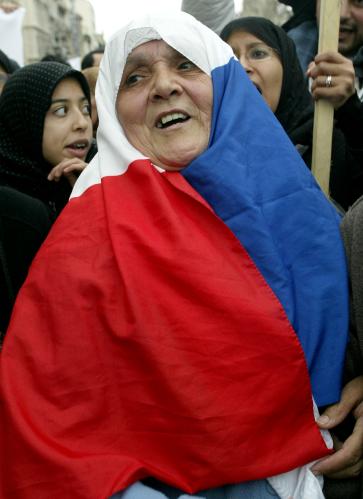After decades speculating on what Islamists would do when they came to power, academics and Islamists themselves finally have their answer. And it is confusing. In the Sunni hinterland between Syria and Iraq, the Islamic State established a government by brute force and implemented an extreme interpretation of Islamic law. On the opposite end of the spectrum, Tunisia’s Ennahda Party governed in coalition with two secular parties, ratified a liberal constitution, and voluntarily stepped down from power. In Egypt, the Muslim Brotherhood presided over a controversial year in power, alienating most of the country’s major political forces before being overthrown by a military coup.
These dramatic developments, coming in rapid succession, have challenged, and in some cases undermined, the conventional wisdom on political Islam, and forced policymakers to confront the fact that their knowledge of and capacity to engage with such groups remains limited. The 11 working papers which form part of our “Rethinking Political Islam” initiative are an attempt, drawing on the latest field research from top young scholars, to think more systematically about changes in the mainstream Islamist movement and what to do about it. What lessons should academics, policymakers, and mainstream Islamists out of power draw from these divergent examples of Islamists in power?
Much of the recent academic literature on mainstream Islamists is oriented around the “inclusion-moderation hypothesis,” the notion that the more democratization there is in a given polity, the more Islamist groups moderate their rhetoric and policy on a variety of indicators. This has also been expressed in policymaking circles, including most famously by President George W. Bush, as the “pothole theory” of democracy. The Brotherhood’s growing illiberalism during the democratic opening of 2011 to 2013 as well as AKP’s embrace of “soft” Islamization suggest that the responsibilities of government do not necessarily compel Islamists toward the political center, something which Hamid discusses in detail in his book “Temptations of Power.”
While Egypt and Tunisia received the most scholarly attention after the Arab uprisings, Islamist parties in Morocco, Yemen, and, importantly, Indonesia and Malaysia, have all played important roles in government that have, so far, received only limited attention. Malaysia and Indonesia are often held up as “models” of Islam and democracy, but, as we see in Joseph Liow’s fascinating working paper on Southeast Asia, more Shariah ordinances have been passed in these two countries than in Egypt, Tunisia, Turkey, or Morocco. Southeast Asia might be a model of something, but it is very much not an example of the virtues of secularization or even, for that matter, the victory of liberalism, or something like it, over Islamism.
There are also new areas of inquiry that have become all the more vital in a post-Arab Spring world, including how Islamists view the viability of gradualist approaches to political change. The use of violence receives the most attention for obvious reasons, but the willingness to use tactical or situational violence is embedded in a broader debate about the nature of political change in contexts where violence becomes normalized.
In recent decades, mainstream Islamist movements had increasingly adopted “elections-first” strategies, devoting organizational resources and attention to electoral politics at the expense of social outreach and religious education (Steven Brooke’s paper on Egypt focuses on the role of social service provision in the Brotherhood’s changing strategy). But the era of electoral politics has passed.
How do Islamists adapt to a world where elections are of increasingly marginal importance? We now have several cases of movements adapting to contexts where the currency of politics is violence. The most striking cases are Syria and Libya, where Brotherhood affiliates have proceeded down an uncertain path, allying themselves with local armed groups or attempting to form their own militias. As Raphaël Lefèvre explains in his paper on Syria, debates over the use of violence in the Syrian Muslim Brotherhood have been contentious. The experiment of funding and supporting allied militias in Syria—“The Shields”—has been a failure, demonstrating the difficulty the Brotherhood has had in shifting from its traditional strengths to something it doesn’t do particularly well.
What these papers demonstrate is that everyone learns lessons, but that’s different than learning the right lessons.


Commentary
Why we need to rethink political Islam
September 8, 2015